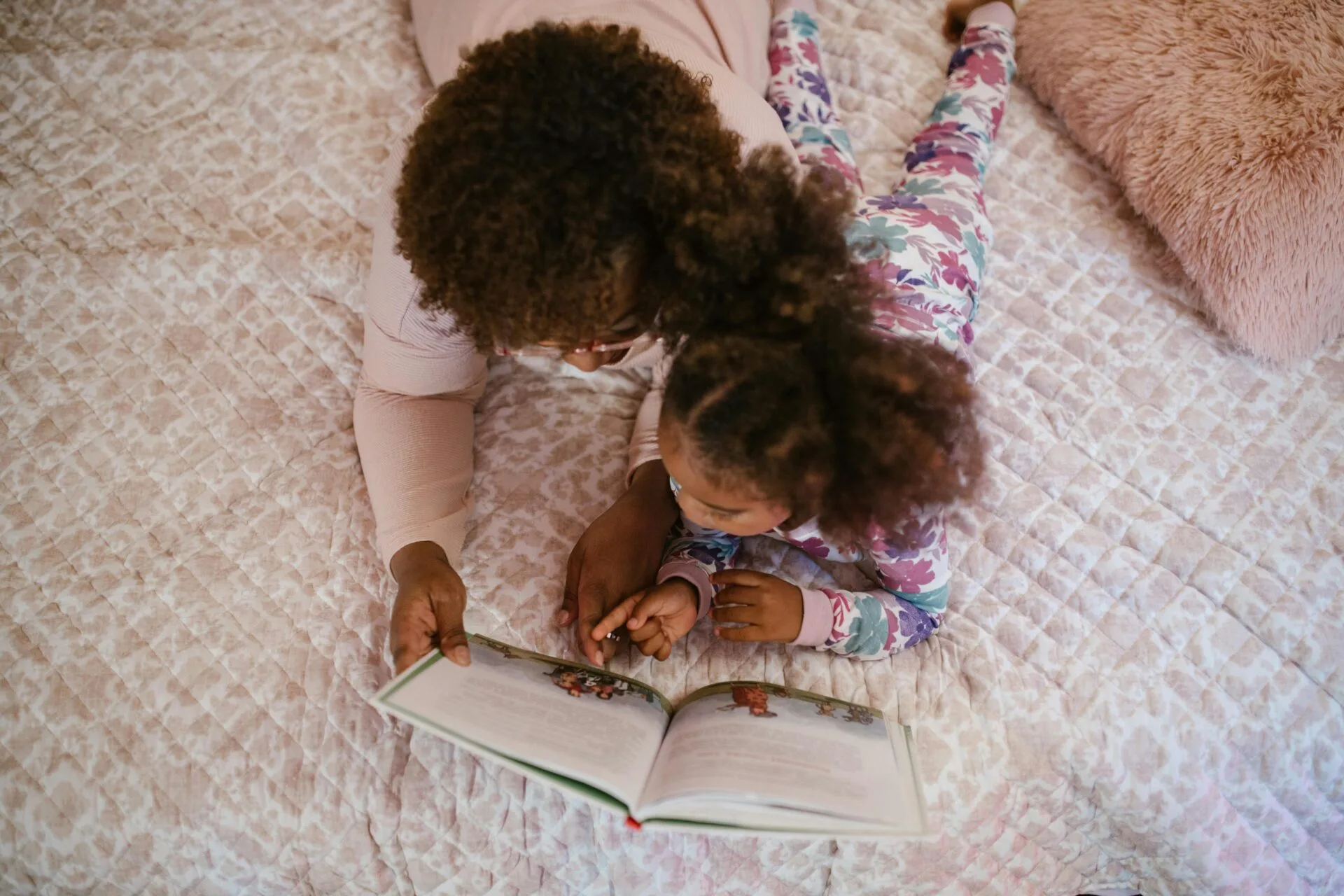The pandemic has challenged children to face many different learning options. In New Jersey, some districts offer only virtual, some hybrid (a combination of virtual and in-person), and a small percentage of schools full in-person instruction. Many parents have expressed concern about their child’s ability to concentrate given the current restrictions placed on traditional educational instruction.
Attention or concentration is an executive function controlled by the frontal lobe of the human brain. It is a process that allows us to take information and select what is considered useful. First, the child must be ready to pay attention. Then, they need to sustain their attention to learn. Research has shown that cognitive skills development, such as attention, follows a relatively straightforward pre-determined trajectory. As the frontal lobe in children matures, their attention span increases.
The expectation is that a child will attend for 3 to 5 minutes per each year of their life. Thus, a 5-year-old should be able to focus on a particular task for 15 to 25 minutes. A 10-year-old should be capable of concentrating for 30 to 50 minutes. This is quite important when it comes to learning. Based on the child’s age, frequent breaks should be given to increase attention and improve concentration.
Brain Breaks are typically offered within the classroom, and this can easily be done at home. The breaks are quick and structured and may be individually-based or with peers/siblings. They might include:
- Stretching
- Singing
- Drawing/Doodling
- Deep breathing
Playing group-based games, if there are siblings in the home or a pod, such as “Simon Says” or “I Spy,” are great breaks as well. It may help to create a master list of “brain breaks” and permit your children to choose at home. Use a timer to help children recognize when the break is over, and it is time to return to their school work. Ideally, brain breaks are under 5-minutes. The key is to offer brain breaks before the child has tapped out. For instance, if a 10-year-old can work for 30 to 50 minutes, a brain break should be provided every 45 to 50 minutes to circumvent losing the child’s attention during the lesson.
Another tool to assist attention/concentration is using multi-sensory resources. For younger kids, create a rice or bean bin so they can spend time playing, sorting, and counting. Creating letters using playdough is a more engaging activity versus merely sitting with a workbook or instructional video, and is easy to implement. Use hands-on science experiments such as creating volcanos with baking soda and vinegar for older children. Another simple idea using items within the home is making “blubber” gloves to feel how blubber protects whales from cold water tactically. Resources via a quick internet search (some are listed below) are plentiful when finding ideas for creating hands-on learning.
Keeping in mind our children’s developmental level regarding attention/concentration is essential to set appropriate expectations. This can help everyone manage the at-home learning environment and stress levels. Traditional learning may not be available for most children at this time but that doesn’t mean we can’t set our children up for success!
Sources:







